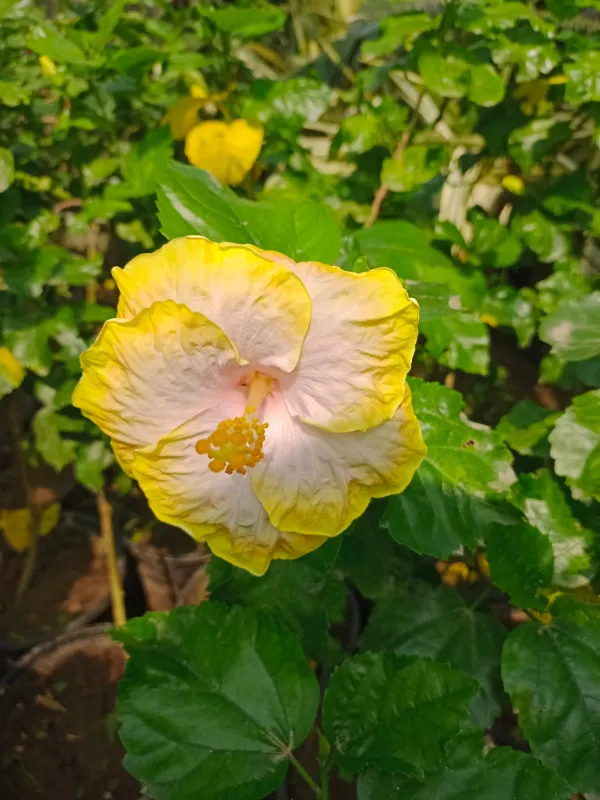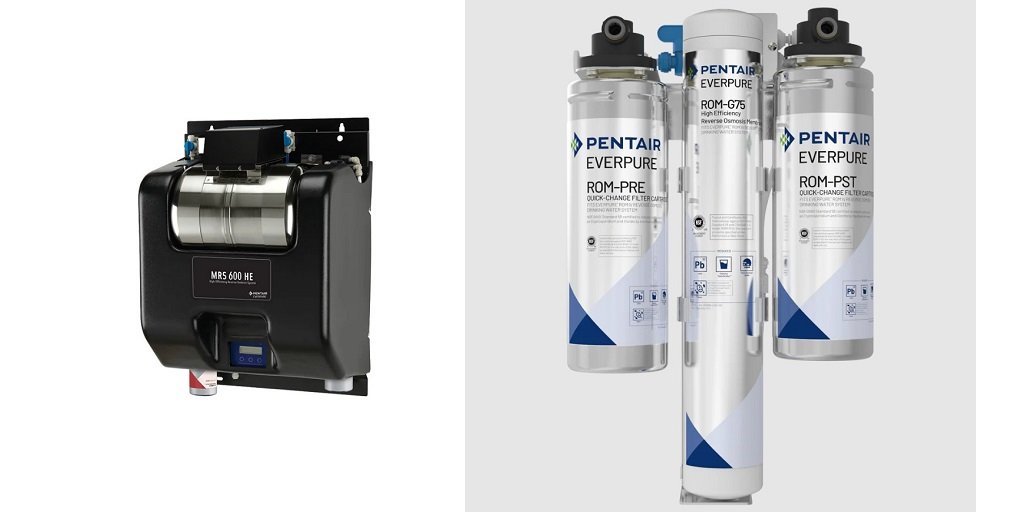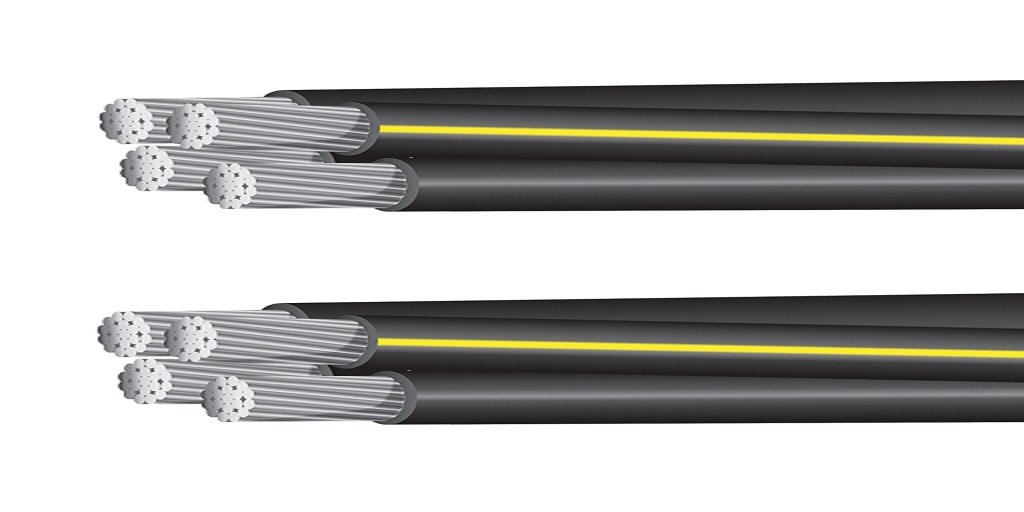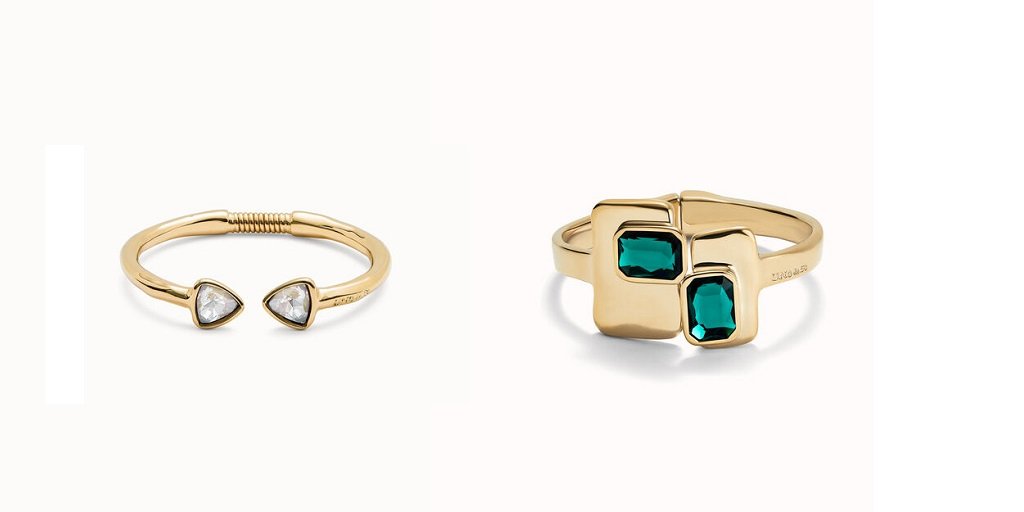Benefits of Grafted Hibiscus Plants
Hibiscus plants are widely cherished for their striking blooms, vibrant colors, and tropical appeal. Among the many varieties and propagation methods available, grafted hibiscus plants stand out as a superior choice for gardeners and horticulturists alike. Grafting is a horticultural technique where tissues from two plants are joined so they grow as one. In the case of hibiscus, this method offers numerous advantages, both aesthetic and functional.
This article explores the benefits of grafted hibiscus plants, from their enhanced flower production and resistance to disease to their suitability for ornamental landscaping and hybrid variety cultivation.
Grafted hibiscus plants are a horticultural innovation that offers far-reaching benefits, whether you’re a home gardener, a commercial grower, or simply a plant lover.
1. Enhanced Flower Quality and Quantity
One of the most notable benefits of grafted hibiscus plants is their improved flower production. Grafting combines the best traits of both the rootstock and the scion (the top part of the plant):
Larger Blooms: Grafted hibiscus often produce larger and more vibrant flowers than non-grafted varieties. This is especially appealing for those seeking visual impact in gardens or floral displays.
Increased Flowering Frequency: With stronger roots and improved nutrient uptake, these plants tend to bloom more frequently and abundantly, ensuring a longer flowering season.
Diverse Color Options: Grafting allows growers to combine different colored blooms on the same plant. Imagine a single hibiscus plant boasting red, yellow, pink, and purple flowers simultaneously!
2. Greater Resistance to Pests and Diseases
Another crucial advantage of grafted hibiscus plants is their enhanced resistance to common pests and diseases:
Strong Rootstock: The rootstock used for grafting is typically a hardy, disease-resistant variety. This foundation provides the scion with better immunity and resilience.
Less Vulnerable to Soil-Borne Issues: Many non-grafted hibiscus plants suffer from root rot, nematodes, and fungal infections. Grafted plants are less susceptible to these problems because the rootstock is chosen specifically for its resistance.
Reduced Use of Chemicals: Healthier plants mean less reliance on pesticides and fungicides, which is beneficial for both the environment and the gardener.
3. Faster Growth and Early Blooming
Grafted hibiscus plants are known for their accelerated growth and quicker establishment:
Rapid Development: Thanks to the vigorous root system of the rootstock, grafted hibiscus plants tend to grow faster, reaching maturity sooner than their seed-grown counterparts.
Early Flowering: Gardeners don’t have to wait long to enjoy blooms. Grafted plants typically produce flowers earlier, sometimes within the first season after planting.
Better Transplant Survival: Their robust root systems make them more adaptable to new environments, reducing transplant shock and increasing success rates.
4. Greater Cold and Drought Tolerance
Climate adaptability is essential for any plant, especially in regions with fluctuating weather conditions. Grafted hibiscus plants offer enhanced tolerance in this regard:
Cold Hardiness: While hibiscus is generally a tropical plant, some rootstocks are chosen for their ability to withstand cooler temperatures, enabling grafted plants to thrive in subtropical and temperate zones.
Improved Drought Resistance: Grafted plants also exhibit better tolerance to dry spells, thanks to deeper or more efficient root systems. This makes them ideal for water-wise gardening and low-maintenance landscapes.
5. Customization and Variety in a Single Plant
One of the most exciting aspects of grafted hibiscus plants is the ability to combine multiple varieties on a single plant:
Multi-Color Grafting: It is possible to graft different colored hibiscus scions onto one rootstock, resulting in a multi-colored flowering tree. This adds immense decorative value and makes a stunning focal point in gardens.
Hybrid Creations: Grafting also supports the development of unique hybrid varieties by joining rare or experimental scions with proven rootstocks, offering a creative avenue for breeders and plant enthusiasts.
Space Saving: Instead of planting several hibiscus varieties, one grafted plant can provide multiple flower types, making it a space-efficient option for small gardens or patios.
6. Prolonged Lifespan and Sustainability
Grafted hibiscus plants often live longer and stay productive for more years:
Durable Root System: The strong rootstock ensures the plant remains healthy for an extended period, outliving many non-grafted plants.
Continuous Productivity: Unlike older seed-grown hibiscus, which may decline in flower production, grafted plants maintain their blooming performance over the years.
Sustainable Gardening Practice: Grafting reduces the need for constant replacements and excessive maintenance, aligning well with sustainable gardening principles.
Note:Grafted hibiscus plants are a horticultural innovation that offers far-reaching benefits, whether you’re a home gardener, a commercial grower, or simply a plant lover.
7. Better Adaptability to Containers
Grafted hibiscus plants are well-suited for container gardening, a popular trend among urban gardeners:
Compact Growth: Many grafted hibiscus varieties are cultivated for compactness, making them ideal for pots, balconies, or indoor spaces.
Ease of Relocation: Potted grafted plants can be moved indoors during winter or extreme weather, ensuring their survival and continuous growth.
Low Maintenance: Their resilience and controlled growth habit make them easier to manage in confined spaces.
8. Commercial Value and Nursery Success
From a commercial perspective, grafted hibiscus plants offer several benefits for nurseries, landscapers, and flower traders:
Higher Market Value: Due to their superior aesthetics and performance, grafted hibiscus plants fetch higher prices in the market.
Reliable Stock: Nurseries can rely on grafted plants for uniform growth, predictable results, and consistent flowering, making them easier to market and manage.
Popular in Landscaping Projects: Landscapers prefer grafted hibiscus for public gardens, hotels, resorts, and corporate spaces because of their reliability, beauty, and long-lasting performance.
9. Environmental and Ecological Benefits
Grafted hibiscus also contribute positively to the environment:
Pollinator Friendly: Their profuse and vibrant blooms attract bees, butterflies, and hummingbirds, supporting local biodiversity.
Soil Stabilization: Their robust root systems help in preventing soil erosion, especially in sloped or loose soil conditions.
Lower Carbon Footprint: Since grafted hibiscus require fewer chemical treatments and replacements, they indirectly help reduce greenhouse gas emissions associated with garden maintenance.
10. Symbolic and Cultural Significance
Hibiscus plants hold cultural importance in many parts of the world, and grafted varieties can enhance this value:
Cultural Appeal: In countries like India, Hawaii, Malaysia, and many Caribbean nations, hibiscus is a symbol of beauty, purity, and hospitality.
Gift Potential: Grafted hibiscus plants, especially those with multiple colored flowers, make thoughtful and symbolic gifts for celebrations and housewarmings.
Festival Use: Their vibrant flowers are often used in decorations and religious ceremonies, making them a staple in cultural traditions.
11. Ease of Care and Maintenance
Contrary to popular belief, grafted hibiscus plants are relatively easy to care for:
Less Pruning Required: Due to their controlled growth, these plants require less frequent pruning, which saves time and effort.
Simple Fertilization Needs: With efficient root systems, they utilize nutrients better, so they don’t need excessive fertilization.
Minimal Replanting: Their longevity and strength mean gardeners don’t have to replant frequently, which reduces long-term maintenance.
12. Educational and Hobbyist Value
For hobbyists, educators, and botany enthusiasts, grafted hibiscus plants offer a wonderful opportunity to learn and experiment:
Learning Tool: Grafting serves as a practical lesson in plant propagation, botany, and horticulture for students and gardening clubs.
DIY Grafting Projects: Gardeners often enjoy trying their hand at grafting multiple hibiscus colors on one plant, making it an engaging and rewarding hobby.
Show Plant Potential: Grafted hibiscus are often featured in flower shows and garden exhibitions, attracting attention and awards due to their uniqueness.
Conclusion
Grafted hibiscus plants are a horticultural innovation that offers far-reaching benefits, whether you’re a home gardener, a commercial grower, or simply a plant lover. From their stunning, multi-colored flowers and strong disease resistance to their adaptability, fast growth, and environmental advantages, grafted hibiscus truly represent the best of both beauty and functionality.
As interest in ornamental gardening continues to grow, grafted hibiscus plants provide a sustainable, aesthetic, and economically viable option for green spaces worldwide. Investing in grafted varieties is not only a wise gardening choice but also a step toward smarter and more resilient landscaping.
Would you like this in a downloadable format (PDF or Word Doc), or need images and headings for a blog post?











Leave a Reply